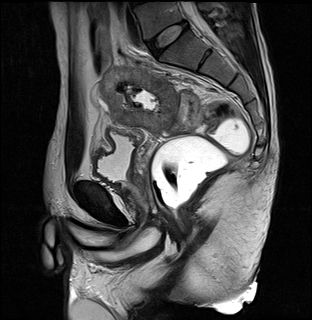
|
 |
Back to 2015 Annual Meeting Program
A Subset Analysis on Margin Status Performed in Preparation for OSTRICH Consortium Criteria Reveals No Association Among +Crm, Pt4 or BMI Among Rectal Cancers Treated With Total Mesorectal Excision
Shola Cole1, Allison Estep2, Alexandra Dubinskaya1, Luis O. Hernandez*1, Thomas J. Stahl1, 2, Jennifer Ayscue1, 2, James F. Fitzgerald1, 2, Gavin W. Sigle1, 2, Anjali S. Kumar1, 2
1Section of Colon and Rectal Surgery, MedStar Washington Hospital Center, Washington, DC; 2Georgetown University School of Medicine, Washington, DC
The Consortium for Optimizing the Treatment of Rectal Cancer (OSTRiCh) has proposed a set of standards pertaining to program structure and process, will award accreditation to institutions which meet performance indicators, and provide feedback based on quality indicators. As part of a larger effort to ascertain whether our high-volume center can meet these criteria, we performed a subset analysis on one of the quality indicators: margin status.
Using a database which contains nearly a decade of curative-intent resections performed by board-certified colorectal surgeons on patients with rectal or rectosigmoid cancers (n=298), twenty-one total mesorectal excision (TME) specimens were found to have positive or questionable resection margins (7%). Of those, proximal margins were clear in all, distal margins were positive or <2mm in three, and nine had positive circumferential resection margins (+CRM). We sought to determine which +CRM was the culprit (right, left, anterior or posterior). We hypothesized that anterior margin positivity would be a significant problem, especially in cancers of the recosigmoid junction. We further hypothesized that low BMI among these patients would relate to postive anterior margins. Overall, we found that details related to laterality of +CRM were lacking, though two had posteriorly-located tumors confirmed by preoperative and intraoperative examination. Interestingly, no reports listed +anterior margins, although four patients who did not have a pelvic exenteration were listed as having pT4 lesions. These pT4 TME specimens were reported as -CRM. In our subset, differences in means of BMI by unpaired t-test were not significantly different in those with T4 tumors versus +CRM (p=0.98).
Proposed quality indicators by OSTRiCh include rates such as +CRM, +distal margin, mesorectal grade and lymph node yield as they relate, stage-for-stage, to local recurrence and 3-year disease-free survival rates. Since the American Joint Committee on Cancer defines pT4a as tumor penetrating to the surface of the visceral peritoneum (which may be classified as R1 = microscopic residual tumor), it will be important to see how subset analyses of OSTRiCh data on pT4 and rectosigmoid tumors predict recurrence and survival.

Saggital view of MRI of a cancer at the rectosigmoid junction which was reported as pT4, but -CRM
Back to 2015 Annual Meeting Program
|


